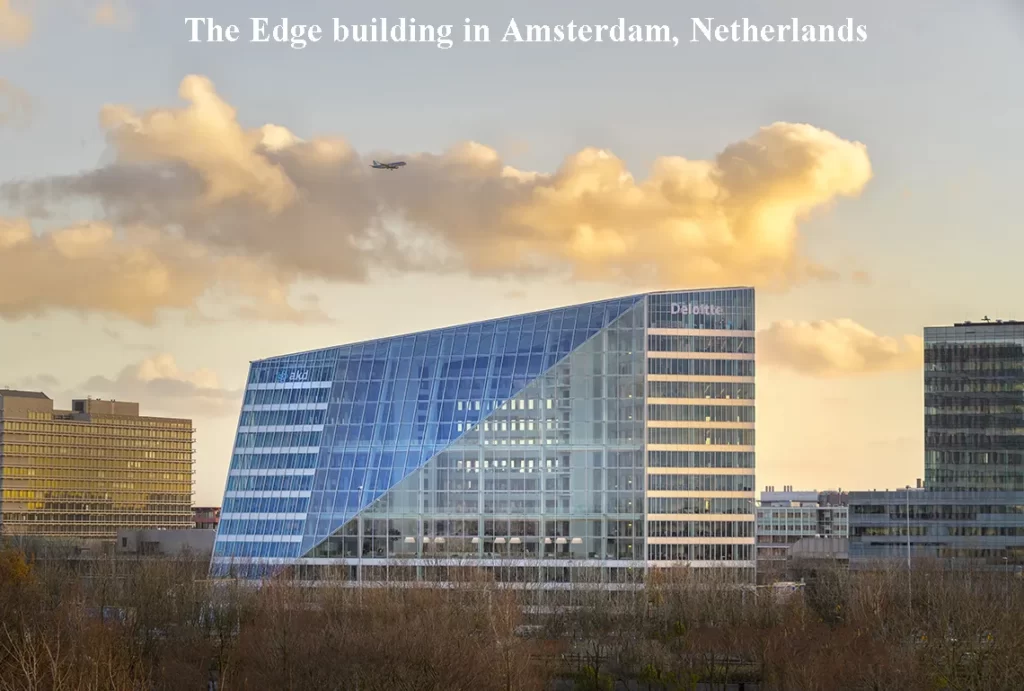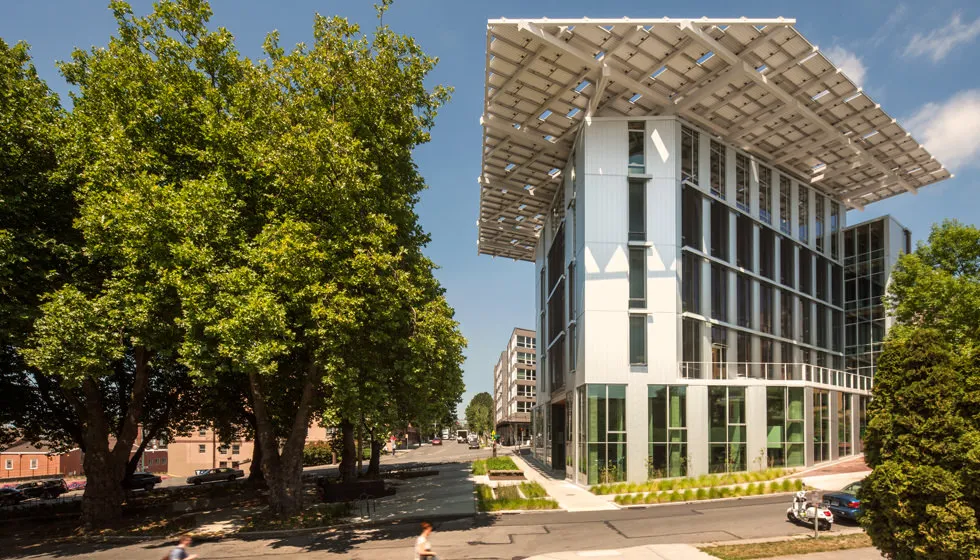If you want to know about the staircase design or landscape garden or requirements for disabled persons in a building, please click the link.
Introduction
Architectural design plays a critical role in shaping our built environment, influencing how we live, work, and interact with the world around us. Climate analysis is an essential component of architectural design, as it helps designers understand the local climate and its impact on buildings.

The thesis statement of this article is that climate analysis is crucial in architectural design because it enables architects to create sustainable, energy-efficient buildings that respond to their local climate and reduce their environmental impact. By incorporating climate analysis into their design process, architects can create buildings that are more comfortable, healthier, and cost-effective for occupants while also reducing energy consumption and greenhouse gas emissions.
1) What is climate analysis in architectural design?
Climate analysis in architectural design refers to the process of studying the local climate of a building site to understand its temperature, humidity, wind patterns, precipitation, and other weather-related factors. The purpose of climate analysis is to inform the design process by providing data that can help architects create buildings that are optimized for their specific climate conditions.
Climate analysis helps in creating sustainable buildings in several ways. First, it allows architects to design buildings that respond to their local climate, reducing the need for energy-intensive heating and cooling systems. For example, in hot climates, architects may design buildings with shading devices or passive cooling systems to reduce the need for air conditioning. In colder climates, architects may design buildings with passive solar heating systems or high levels of insulation to reduce the need for heating.
Second, climate analysis helps architects choose the most appropriate building materials for a specific climate. For example, in humid climates, architects may select materials that are resistant to moisture and mold growth. In areas prone to hurricanes or earthquakes, architects may choose materials that are more durable and resistant to extreme weather events.
Finally, climate analysis can inform the design of buildings that are resilient to climate change. By understanding how a building will be affected by future climate conditions, architects can design buildings that can adapt to changing conditions, such as rising sea levels, increased heat waves, or more frequent extreme weather events.
Overall, climate analysis is crucial in creating sustainable buildings that are optimized for their specific climate conditions, reduce energy consumption, and are resilient to climate change.
2) The impact of climate on architectural design
Climate has a significant impact on the design of buildings, influencing everything from their orientation and layout to the materials used in their construction. Here are some of the effects of climate on the design of buildings:
- Building Orientation: The orientation of a building can have a significant impact on its energy efficiency. Buildings that face south receive more sunlight, making them ideal for passive solar heating in colder climates. In hot climates, buildings should be oriented to minimize direct sunlight and maximize natural ventilation.
- Building Layout: The layout of a building can also affect its energy efficiency. Buildings with compact floor plans and efficient layouts can reduce energy consumption by minimizing the amount of space that needs to be heated or cooled. In addition, buildings with an open floor plan can improve natural ventilation, reducing the need for mechanical cooling.
- Building Materials: The choice of building materials can have a significant impact on a building’s ability to withstand local climate conditions. For example, buildings in hot and humid climates should use materials that are resistant to moisture and mold growth, while buildings in colder climates should use materials that provide high levels of insulation.
- Windows and Shading: Windows and shading devices can have a significant impact on a building’s energy efficiency. In hot climates, buildings should have shading devices to reduce direct sunlight and keep the building cool. In colder climates, windows should be designed to let in natural light and heat, while minimizing heat loss.
Overall, climate influences the choice of building materials, orientation, and layout in order to create buildings that are optimized for their local climate conditions. By considering the impact of climate on building design, architects can create buildings that are more sustainable, energy-efficient, and comfortable for occupants.
3) Benefits of incorporating climate analysis in architectural design
Incorporating climate analysis into the design process can bring several benefits to the building’s energy efficiency, sustainability, and overall functionality. Here are some of the benefits of incorporating climate analysis in the design process:
- Energy Efficiency: Climate analysis can help architects design buildings that require less energy to operate. By understanding the local climate, architects can design buildings that take advantage of natural heating and cooling, reducing the need for artificial heating and cooling systems. This can result in significant energy savings over the life of the building.
- Sustainability: Climate analysis can help architects design buildings that are more sustainable. By considering the local climate, architects can design buildings that are optimized for their specific location, reducing the environmental impact of the building. Sustainable design features such as passive solar heating, natural ventilation, and rainwater harvesting can be incorporated into the building design.
- Comfort: Climate analysis can help architects design buildings that are more comfortable for occupants. By understanding the local climate, architects can design buildings that are responsive to local weather patterns, ensuring that the building is comfortable year-round. For example, in hot climates, architects can design buildings with shading devices to keep the building cool, while in cold climates, they can design buildings with high levels of insulation to keep the building warm.
- Cost Savings: Incorporating climate analysis in the design process can result in significant cost savings over the life of the building. By designing a building that is optimized for its local climate, architects can reduce the energy consumption of the building, resulting in lower operating costs.
Overall, climate analysis can lead to energy-efficient and sustainable buildings that are comfortable for occupants and cost-effective to operate. By incorporating climate analysis into the design process, architects can create buildings that are optimized for their specific location, reducing their environmental impact and improving the quality of life for occupants.
4) Examples of climate-responsive architecture
There are many examples of buildings that have incorporated climate analysis into their design to create energy-efficient and sustainable buildings that respond to their local climate. Here are a few examples:
The Edge, Amsterdam:

The Edge is a sustainable office building in Amsterdam that is powered by solar panels and uses natural ventilation to cool the building. The building is oriented to the south to maximize solar gain, and it has a smart lighting system that adjusts to the amount of natural light in the building.
The Bullitt Center, Seattle:

The Bullitt Center is a six-story office building in Seattle that is designed to be energy-efficient and sustainable. The building uses rainwater harvesting, solar panels, and a geothermal heating and cooling system to reduce its energy consumption. The building also has windows that automatically adjust to the amount of sunlight to reduce glare and heat gain.
Bahrain World Trade Center:

The Bahrain World Trade Center is a 50-story office building that uses wind turbines to generate electricity. The building is designed to take advantage of the strong winds in the region, and the wind turbines provide up to 15% of the building’s energy needs.
The San Francisco Federal Building:

The San Francisco Federal Building is a 18-story office building that uses a range of sustainable design features, including a natural ventilation system and photovoltaic panels. The building’s orientation and shape are designed to maximize natural light and reduce heat gain.
- All of these buildings have been successful in responding to their local climate by incorporating sustainable design features that reduce their energy consumption and environmental impact. By designing buildings that are optimized for their specific location and climate, architects can create buildings that are more sustainable, energy-efficient, and comfortable for occupants. These buildings serve as examples of how climate analysis can lead to successful building design.
5) Conclusion
In summary, climate analysis is crucial in architectural design because it allows architects to design buildings that are optimized for their specific location and climate. By considering the local climate, architects can design buildings that take advantage of natural heating and cooling, reduce the need for artificial heating and cooling systems, and incorporate sustainable design features such as passive solar heating, natural ventilation, and rainwater harvesting.
Climate analysis can also lead to energy-efficient and sustainable buildings that are comfortable for occupants and cost-effective to operate. Incorporating climate analysis into the design process can result in significant cost savings over the life of the building and improve the quality of life for occupants.
The examples of buildings that have incorporated climate analysis into their design show how sustainable design features can be incorporated into the building design to create energy-efficient and sustainable buildings that respond to their local climate.
In conclusion, climate analysis is a critical aspect of architectural design, and architects should consider the local climate when designing buildings. By incorporating sustainable design features and optimizing the building for the local climate, architects can create buildings that are more energy-efficient, sustainable, and comfortable for occupants, while also reducing the environmental impact of the building.